Energy and Environmental Policy
1. All NHN executives and employees must participate and practice actively in Energy and Environmental management activities
to implement the policy.
2. NHN follows relevant laws and guidelines regarding energy & environmental regulations.
3. Reduce GHG emissions by applying energy-efficiency technology and increasing the use of renewable energy.
4. Commit to reduce waste and conserve resources, and consistently promote to solve the environmental problems.
5. Purchase Eco-friendly and high energy-efficiency product by priority.
6. Conduct regular energy and environmental inspection and disclose the results to stakeholders.
7. Encourage activities for preserving biodiversity and protecting ecosystems.
- CEO Ujin Chung

Organization Chart
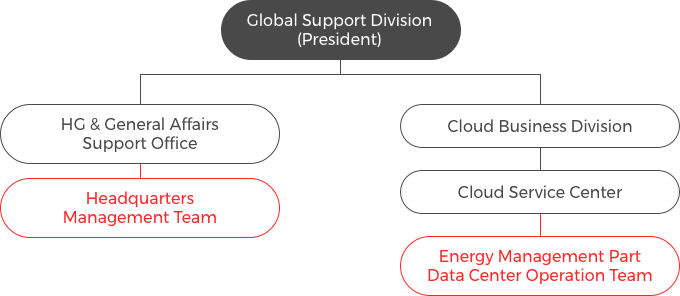
- HG & General Affairs Support Office
- Headquarters Management Team
- Cloud Business Division
- Cloud Service Center
- Energy Management Part Data CenterOperation Team
Urban Eco-friendly Data Center
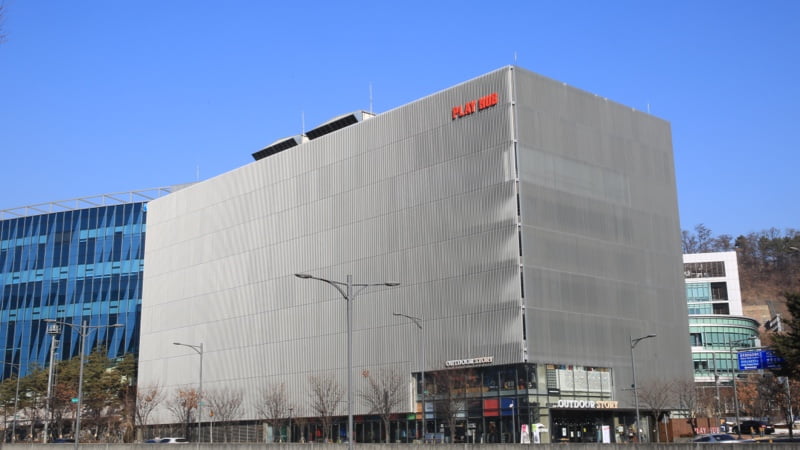
-
Power Usage Effectiveness
The average annual PUE* of NCC1 stands at 1.25 boasting high energy efficiency which is quite close to 1 compared to the average PUE of 1.8 for data centers in Korea.
- PUE(Power Usage Effectiveness) : As a value obtained from dividing the total amount of electricity used in the data center by the electricity amount consumed by IT equipment, the closer to 1, the more energy efficient the data center is.
-
High-density Operating Environment
The server room is composed as an independent module and the rack width is adjustable from 19 to 23 inches considering the IT life cycle where the server generation changes. It offers high-density capacity that allows an average of 4 times more power than a typical domestic data center as well as an environment optimized for cloud computing through UPS power supply.
-
Energy Efficiency Improvement
The ‘indirect vaporization cooling’, which was patented for the first time in Korea, and a shielded environment* void of raised floors minimize power loss. The energy saved through such effort is equivalent to planting 1,300 pine trees per year.
- The front of the server faces the frontal part of other server and the back faces back.
Cold air flows into the front of the server and heat rises from the back of the server.
Different pressures are applied for the cold air inlet passage and hot air outlet passage to prevent air from mixing with each other.
- The front of the server faces the frontal part of other server and the back faces back.
-
Unmanned Data Center
It has remote management environment that minimizes customer visits and resident manpower. Anyone could tap into the cloud that incorporates customer’s equipment with NHN equipment.
Based on the NHN's server management and operation know-how, we can even provide consulting for clients who lack professional manpower.
Play Museum
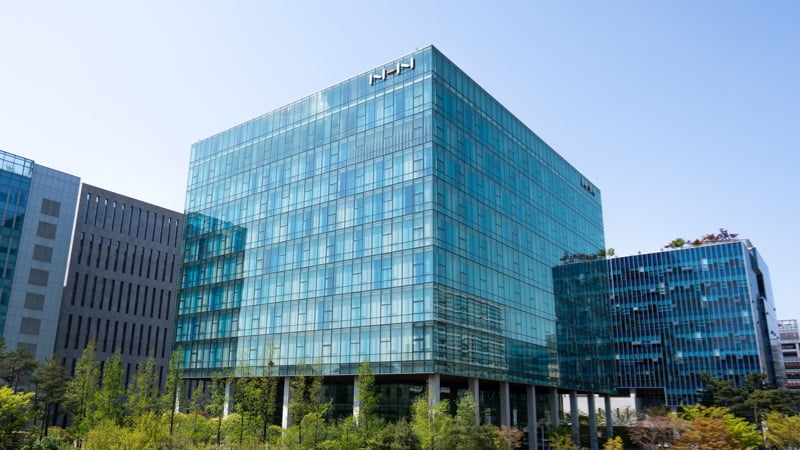
-
Energy Reduction Strategy
-
Select products for water / power consumption reduction
Applied water-saving toilets and faucets, LED lights, standby power blocking system, various sensors, vertical louvers, lighting control, lower air conditioning, low-e double glazing
-
Utilize natural light and ventilation
Natural light using sunken garden, ceiling and vertical louvers, natural ventilation through hive and roof ventilation windows
-
Improve space efficiency
Create a multi-purpose space that combines the functions of a restaurant, cafe and event hall on the first basement floor in order to increase space efficiency and reduce power consumption when moving
-
Reduce elevator power consumption
By making an internal staircase separate from the emergency staircase, we facilitated movement between floors without having to use the elevator
-
Select products for water / power consumption reduction
-
Material Using Strategy
-
Reduce material consumption
Column-free space and space plan that can be easily disassembled and organized + partitions that are easy to move
-
Reduce wasted material
Creating the table made to the size of the material and planning the modular space
-
Using raw materials as they are
Selecting unprocessed materials those emit less volatile organic compounds and those without formaldehyde or resin
-
Utilizing materials considering nature's recovery speed
Applying access floor made with bamboo which had received certification for being eco-friendly
-
Using recycled/waste materials (products)
Using products made from recycled plastic and bamboo access floor board made with waste paper Using product packaging boxes as a finishing material for parking lot elevator halls
-
Reduce material consumption
-
Strategies to reduce pollution
-
Minimize carbon emissions
Provide bike parking spaces and showers, and offer parking spaces for highly-efficient cars and carpool vehicles
-
Landscape Planting
Planting many plants inside the building for fresh air
-
Environmental pollution management plan
Implement environmental pollution management plan to reduce pollution from the construction site
-
Reducing indoor air pollutants
Building a structure void of adhesives, and using eco-friendly adhesives
-
Minimize carbon emissions
-
Strategies for continuous eco-friendly building operation
-
Encouraging active participation among users
Providing easy-to-understand eco-friendly guides and conducting energy saving campaigns
-
Encouraging active participation among users
Environment Data
| Category | 2018 | 2019 | 2020 |
|---|---|---|---|
| Energy consumed (unit : toe) | 7,435 | 5,801 | 6,007 |
| Greenhouse gas emission (unit : tCO2eq) | 14,616 | 11,299 | 11,771 |
| Water consumption (unit : m3) | 59,089 | 61,576 | 44,787 |
※ HQ building (Play Museum) and data center (NCC1)
- Data center (NCC1)
- HQ building (Play Museum)
- Data center (NCC1)
- HQ building (Play Museum)
- Data center (NCC1)
- HQ building (Play Museum)
Certification / Awards
| 2013 | 2019 | 2019 | 2020 | 2020 |
|---|---|---|---|---|
 |
 |
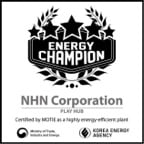 |
 |
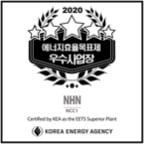 |
| LEED Certification (Play Museum) |
Energy Winner Award (NCC1) |
Energy Champion (NCC1) |
Korea Energy Award Presidential Award (NCC1) |
Excellent Voluntary Energy Efficiency Target Workplace (NCC1) |